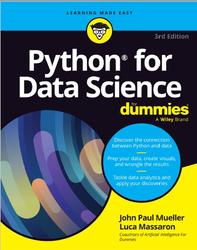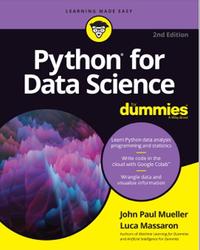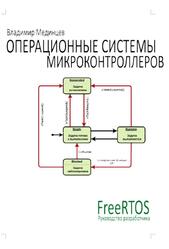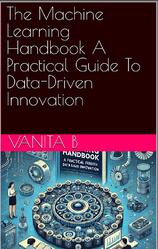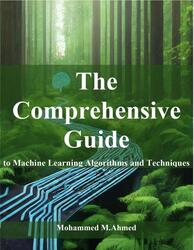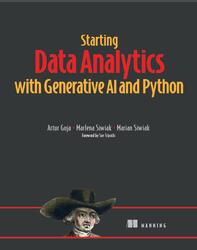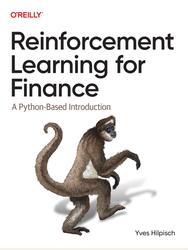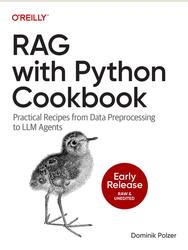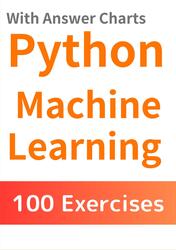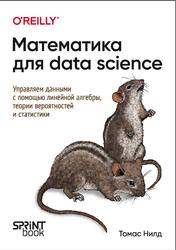Machine Learning for Tabular Data dives into a critical area of machine learning: working with tabular data. From the spreadsheets you use every day to the databases that power businesses, tabular data is everywhere. It’s the hidden gem hiding in plain sight. This book goes beyond just theory. It equips you to leverage the power of tabular data by teaching you machine learning techniques specifically designed for it. You’ll learn how to make sense of your data, uncover patterns, and build real-world applications — all with the added benefit of clear and interpretable results.
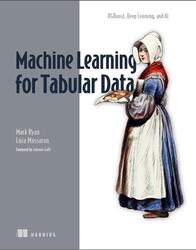
Leakage features.
Finally, the last point of concern you should deal with is the presence of leakage features. You have leakage when some predictive information that shouldn’t be involved in the model training temporarily inflates results, rendering poor results at subsequent prediction time. Leakage can happen at row and feature levels. We have already discussed row leakage when dealing with non-IID rows, which occurs when some samples are associated with others because of time mediation or the mediation of some other feature. Now it is time to discuss feature-level leakage, which is a more common problem than expected when extracting data from business databases.
The key principle is to ensure temporal consistency in the features used for modeling. Ideally, the features should align with or precede the target variable in time. In the best scenario, no feature should be created or generated after the target variable’s own time point. This temporal alignment helps to avoid potential data leakage and ensures that the model is making predictions based on information that would have been available at the time of prediction. You need a model able to predict the present or the future, but you cannot do that if the necessary features you have trained the model on are to be produced at a time point following the prediction itself.
CONTENTS.
Part 1 Introducing machine learning for tabular data.
1 Understanding tabular data.
2 Exploring tabular datasets.
3 Machine learning vs. deep learning.
Part 2 Machine learning and gradient boosting for tabular data.
4 Classical algorithms for tabular data.
5 Decision trees and gradient boosting.
6 Advanced feature processing methods.
7 An end-to-end example using XGBoost.
Part 3 Deep learning for tabular data.
8 Getting started with deep learning with tabular data.
9 Deep learning best practices.
10 Model deployment.
11 Building a machine learning pipeline.
12 Blending gradient boosting and deep learning.
Бесплатно скачать электронную книгу в удобном формате, смотреть и читать:
Скачать книгу Machine Learning for Tabular Data, Ryan M., Massaron L., 2025 - fileskachat.com, быстрое и бесплатное скачивание.
Скачать pdf
Ниже можно купить эту книгу, если она есть в продаже, и похожие книги по лучшей цене со скидкой с доставкой по всей России.Купить книги
Скачать - pdf - Яндекс.Диск.
Дата публикации:
Теги: учебник по программированию :: программирование :: Ryan :: Massaron
Смотрите также учебники, книги и учебные материалы:
Следующие учебники и книги:
Предыдущие статьи:

